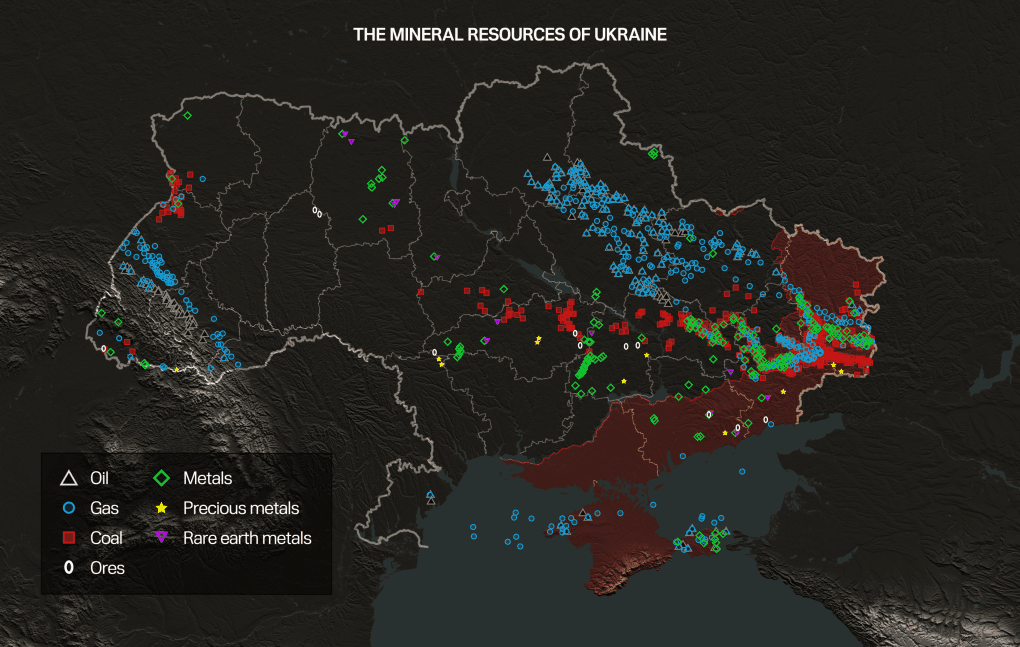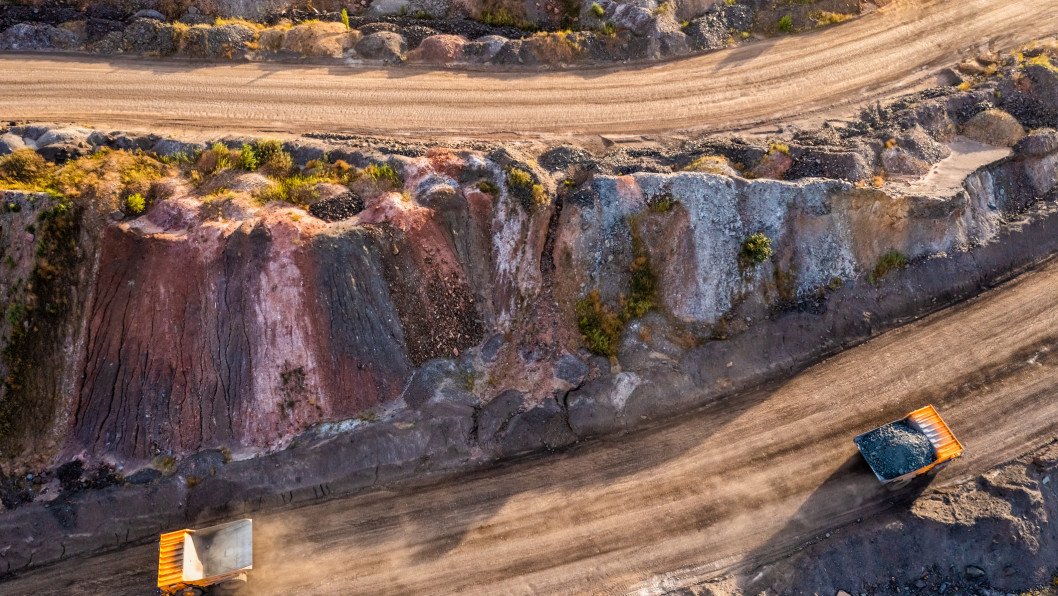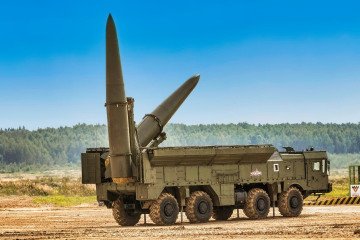The United States and Ukraine appear to have reached a preliminary consensus on a natural resources deal. While details remain undisclosed, Ukraine has much to offer.
The topic of Ukraine’s mineral resources gained significant media attention in February 2025 when Donald Trump’s administration publicly addressed it. However, the idea of granting American businesses access to Ukraine’s mineral wealth has been on the table at the White House for years. In 2024, Ukrainian President Volodymyr Zelenskyy proposed a similar deal in exchange for security guarantees.

This arrangement is mutually beneficial: American companies gain access to Ukrainian minerals, direct investments into the country, and establish joint ventures. Economic recovery through cooperation—along with security guarantees. Meanwhile, the US secures access to critical rare-earth minerals essential for its own national security.
What resources are in question?
The US previously introduced a program called the Minerals Security Partnership (MSP), which outlines the minerals and metals deemed essential:
These minerals and metals include – but are not limited to – lithium, cobalt, nickel, manganese, graphite, rare earth elements, gallium, germanium, antimony, and copper.
What does Ukraine have? Practically all of them.
Lithium. Ukraine has proven lithium reserves exceeding 33 million tons, valued at nearly $40 billion. At least four known deposits are located in central and eastern Ukraine, including one in the Donetsk region, which is under Russian attack. Ukraine’s lithium reserves are among the largest in Europe.
Manganese Ore. Ukraine ranks first in Europe and second in the world in explored manganese ore reserves. With 2.2 billion tons of proven deposits, the estimated value exceeds $10 billion. These resources are found in central and southern Ukraine, as well as in the temporarily occupied Crimea.
Graphite. Ukraine holds 245 million tons of graphite reserves, valued at over $35 billion. There are four major graphite deposits, some of which have an optimal structure with minimal impurities, reducing extraction and processing costs. Exploration continues, meaning total reserves could be even larger.
Copper. Estimates suggest Ukraine’s copper ore deposits could reach 30 million tons, with a market value exceeding $5 billion. Large deposits have been identified in Volyn, Rivne, central Ukraine, and Donetsk regions.
Germanium. Ukraine’s germanium reserves exceed 40,000 tons, with a potential valuation of $170 billion.
Additional interest: titanium and uranium
As reported by The New York Times, the US is also interested in securing access to titanium and uranium, in addition to the minerals listed above.
Titanium. Ukraine’s titanium ore reserves are estimated in the tens of millions of tons. While exact figures remain a state secret, estimates suggest Ukraine may hold between 5% and 20% of global titanium ore reserves, valued at tens of billions of dollars. Titanium extraction is already underway, with expansion being a matter of investment.
Uranium. Ukraine's uranium reserves are estimated at 270,000 tons, with a market valuation exceeding $31 billion.
Strategic importance
Ukraine’s total mineral wealth is valued at over $15 trillion, with a significant portion in coal, gas, and oil. However, the country also possesses large quantities of rare-earth elements and strategic minerals vital to modern industries.

Beyond mere resource extraction, the deal requires a clear operational framework—including mining, supply chains, political stability, investor relations, diplomatic agreements, and joint ventures.
Ukraine presents itself as a high-quality partner:
Bordering the European Union with maritime, air, and rail access to key European capitals.
Politically committed to cooperation, willing to establish joint ventures and create jobs.
A democratic nation with a history of six different presidents in 30+ years, ensuring political continuity and reliability.
In return, Ukraine expects security guarantees—including weapons, assistance in reconstruction, and the development of a sustainable peace to prevent another war within 2-3 years.
-29a1a43aba23f9bb779a1ac8b98d2121.jpeg)
-c42261175cd1ec4a358bec039722d44f.jpg)
-46f6afa2f66d31ff3df8ea1a8f5524ec.jpg)
-6359eca46c72bde40a90abaaadd6eaa8.png)


-206008aed5f329e86c52788e3e423f23.jpg)